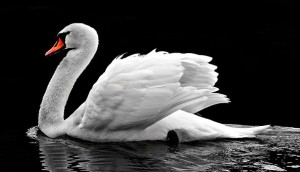There might be different views as regards music as it has a significant effect on our emotions and scientists have proved that music also affects the development of human brain too. When a baby is born, it has billions of brain cells, over time these cells grow stronger. Children who grow up listening music have strong music connections. It affects the way of your thinking, for example, listening to classical music improves your spatial reasoning, and if you are learning by playing with an instrument, it affects individual thinking skills.
Is it true that music makes one smarter?
Music controls some cells of the brain for a particular way of thinking, and after listening to classical music, one can quickly perform some spatial tasks such as solving a jigsaw puzzle. This improved performance is because the classical music pathways are similar to the channels used in spatial reasoning. When one listens to classical music, these channels are turned on and are ready to be used. These open channels result in solving the puzzle quickly but lasts for a short time after listening to music. Playing an instrument also improves the spatial skills as research has proved that music training creates new pathways in the brain.
Use of classical music
Due to the complex structure of classical music, a child who listens to classical music quickly picks out the structure and recognizes any classical music he has heard before. Therefore, listening to classical music has a different effect as compared to other forms of music.
How to nurture your child with music?
You can easily help your child to build his love for music by playing music for your baby, singing to your baby, start taking early music lessons, sing with your child or help your child to learn music education at the school.








